Do you know how the ghost town of Atolia, California, is related to German U-boats?
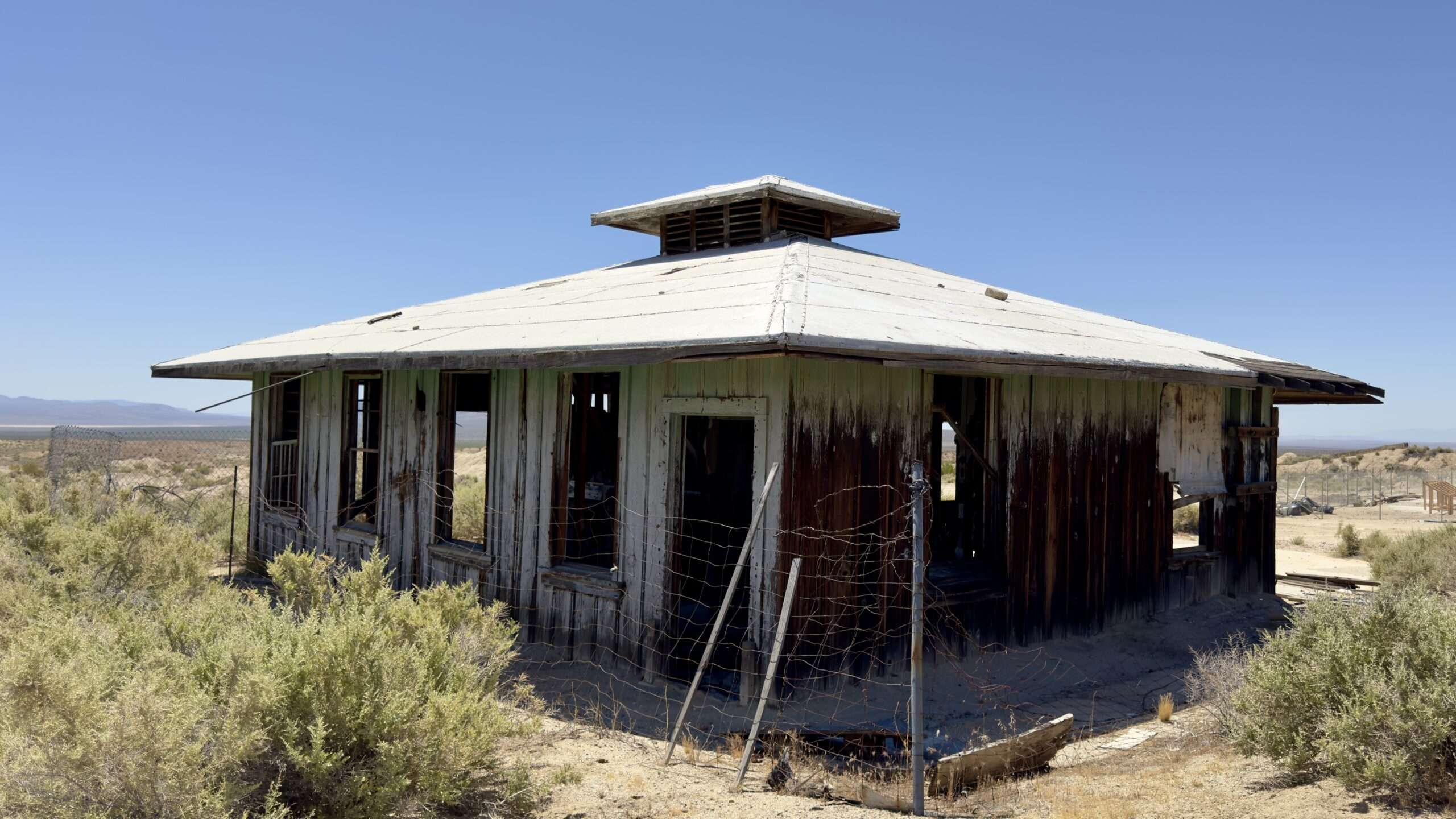
During WWI, tungsten was in high demand to harden steel alloys. Atolia became the primary source of tungsten worldwide.

(Photo credit: Wikipedia)
Atolia grew to support tungsten mining. It was named after Atkins and DeGolia, two mining company executives. A post office opened in 1906, and Atolia grew to a population of 2,000. The town included four restaurants, three stores, boarding houses, a movie theater, a dairy and the Bucket of Blood Saloon.

(Photo credit: Wikipedia)
Before the United States entered the war, Germany was the largest purchaser of Atolia’s tungsten. However, the English naval blockade prevented German cargo ships from reaching the United States. Germany created the first cargo submarine, the U-boat, to avoid the blockades.

(Photo credit: Ghosts of Baltimore)
On July 9, 1916, the German Submarine Deutschland arrived in Baltimore under the command of Captain Paul Koenig. The Timmins tugboat guided the Duetchland to the port.
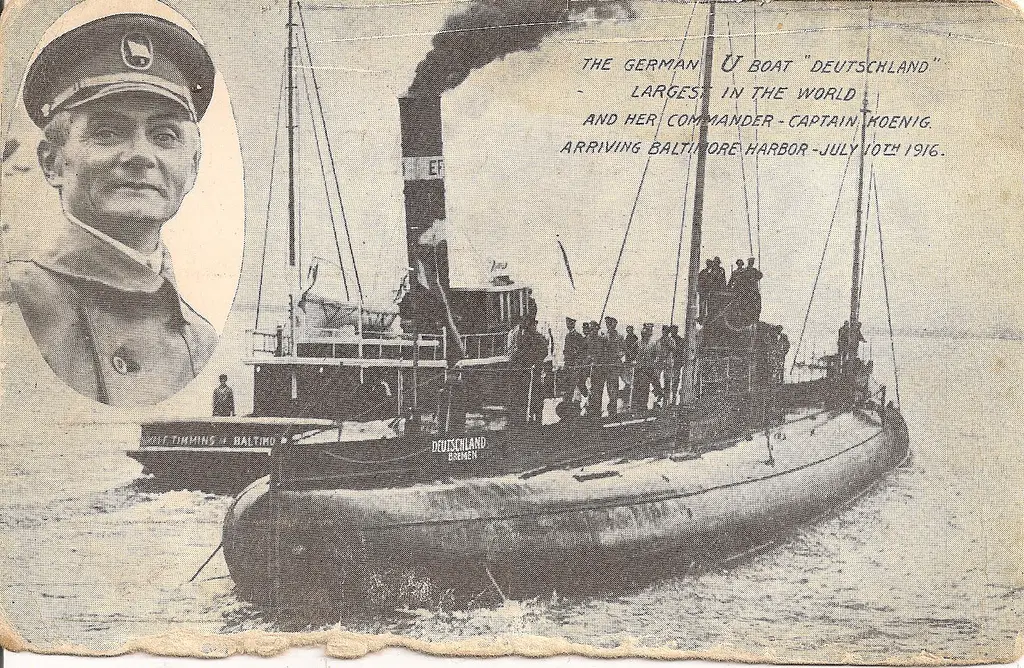
Baltimore residents were confused by the U-boat flying a German flag. British and French diplomats were less than thrilled to see their enemy in Baltimore, even though she carried no armament.

Among the cargo loaded on the Deutschland were hundreds of sacks of tungsten concentrate from Atolia, which had been shipped under armed guard on the Randsburg Railway.
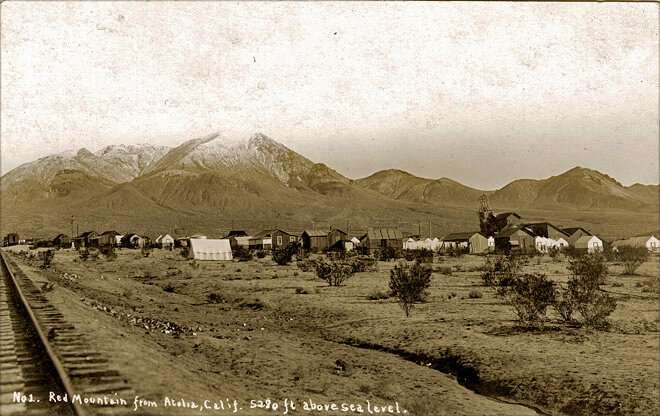
Photo credit: Rand Historical Museum)
The Deutschland remained in Baltimore until August 2nd, when she set sail for her homeland. She returned to the U.S. in November, this time to Connecticut. Leaving the port, the Deutschland accidentally hit a tug boat, killing five crew.
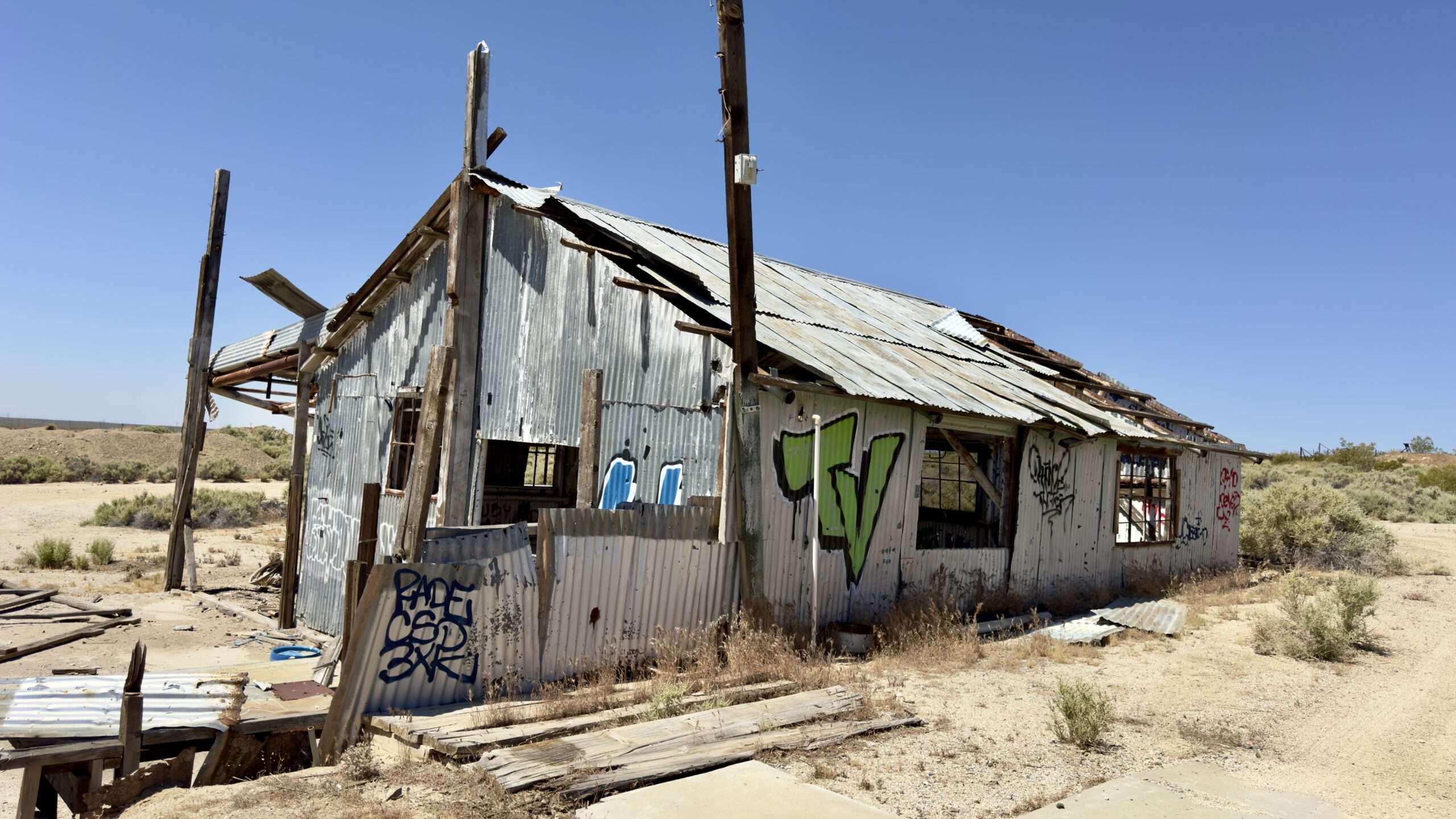
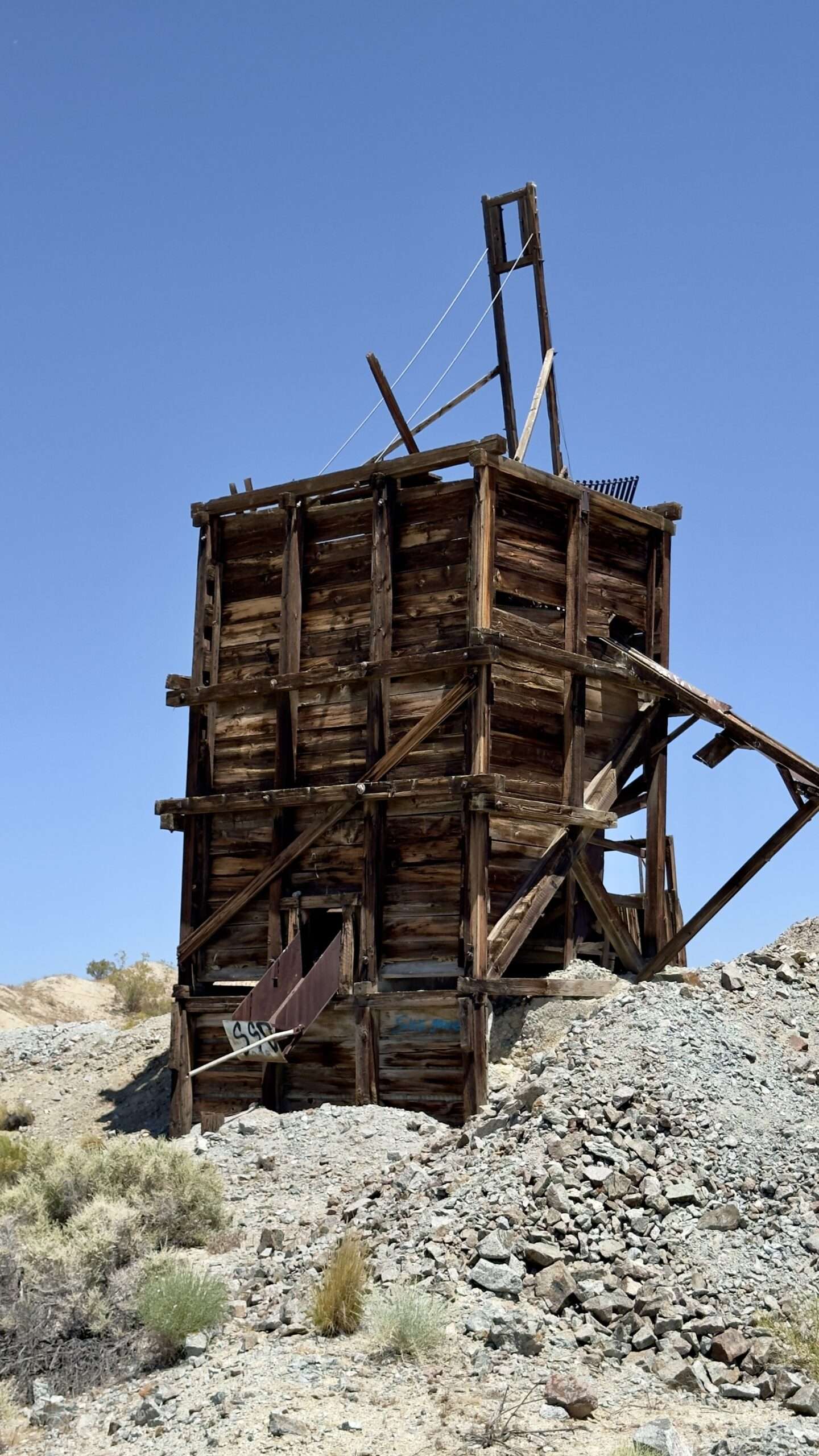
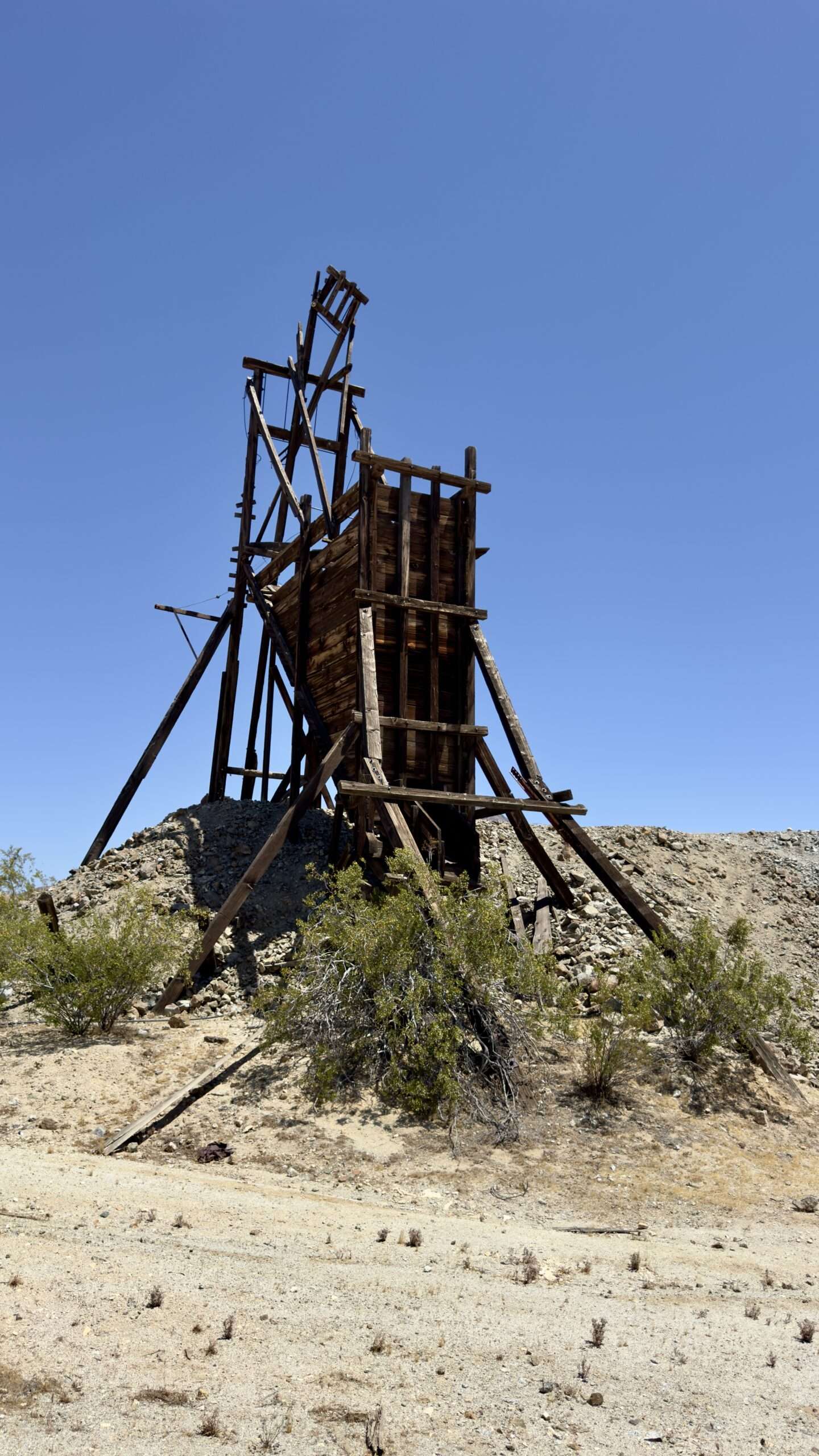

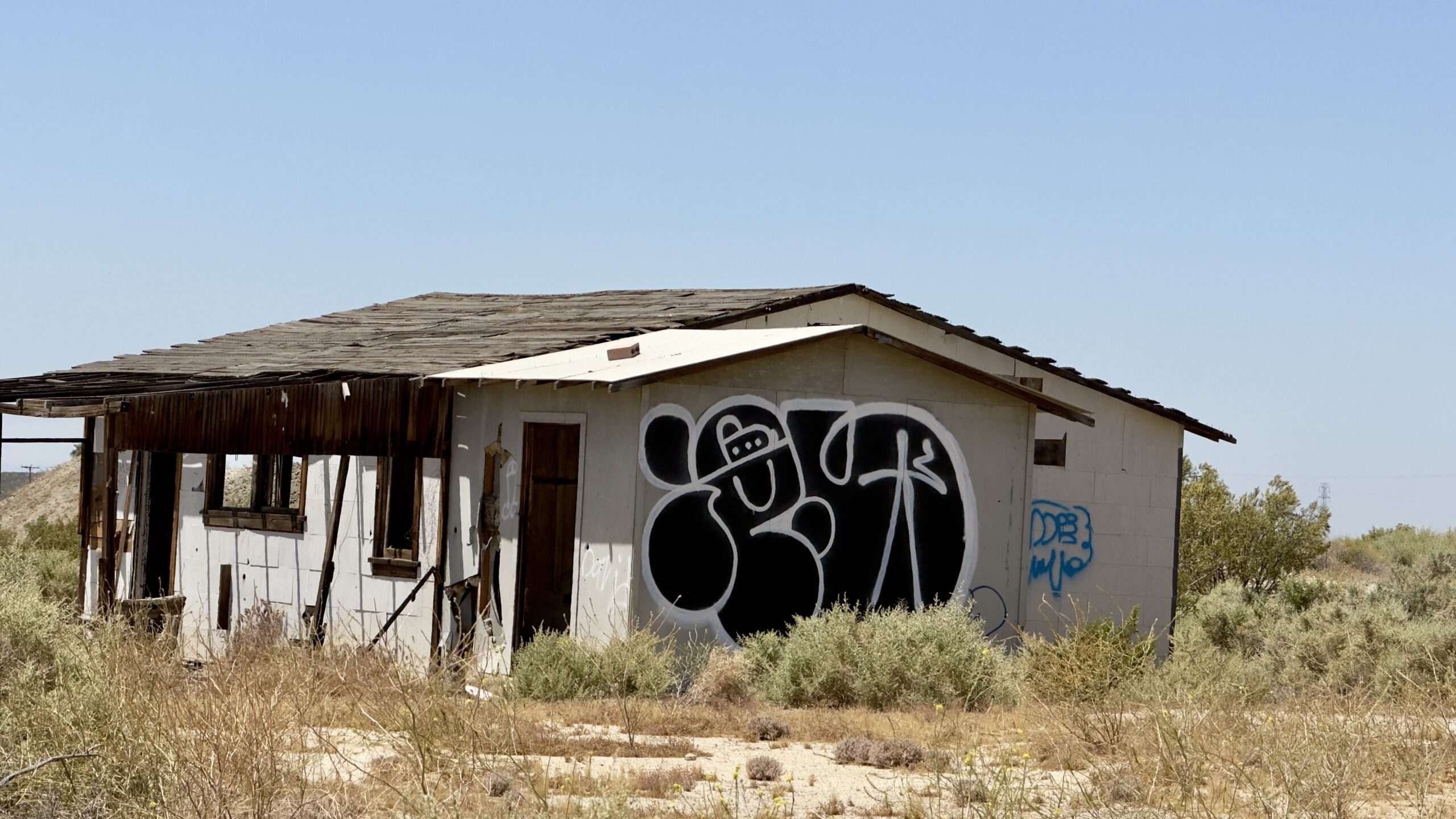
Leave a Reply